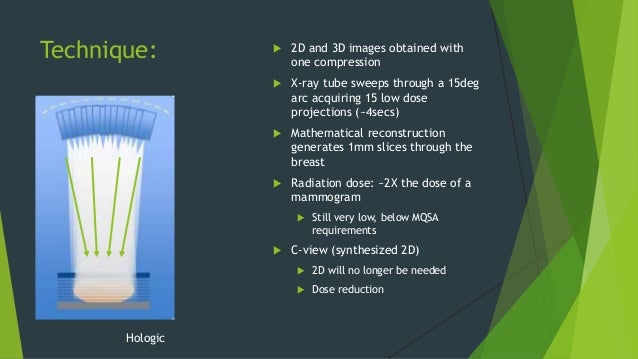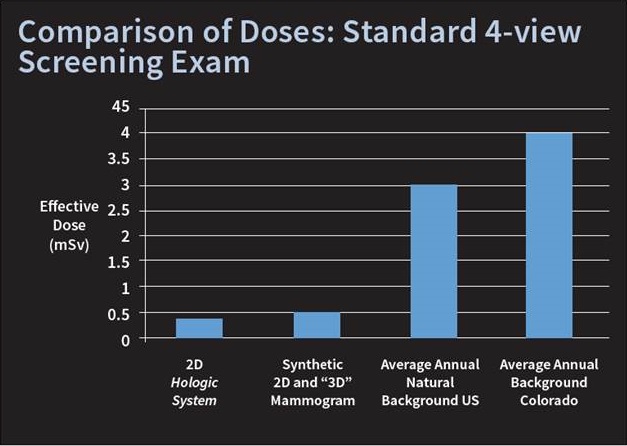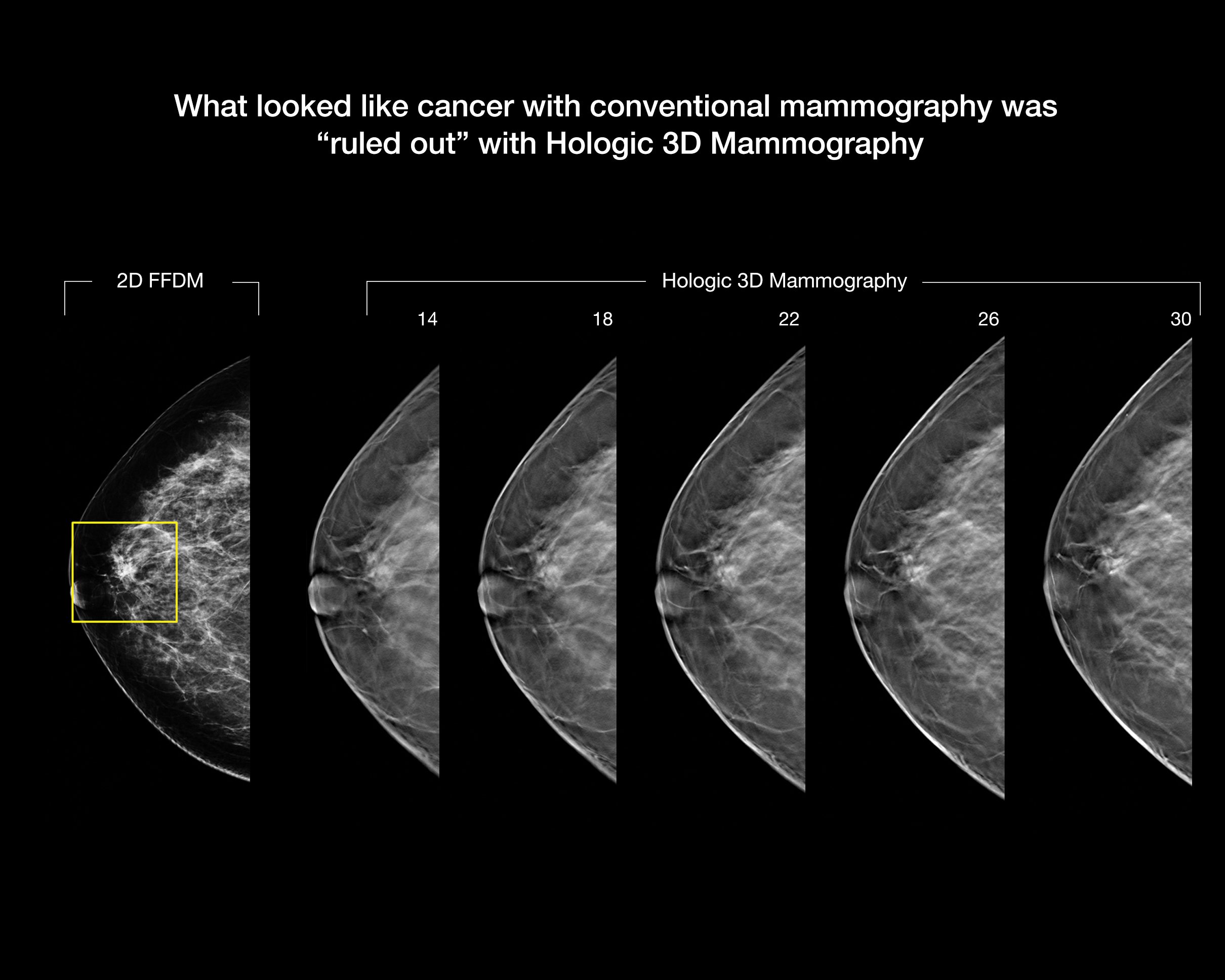Do you ask for 'breast tomosynthesis dose'? You can find all the material on this web page.
Table of contents
- Breast tomosynthesis dose in 2021
- Tomosynthesis vs ultrasound
- Tomosynthesis vs mammogram
- Tomosynthesis cost
- Radiation dose 2d vs 3d mammogram
- What is a bilateral mammogram with tomosynthesis
- Tomosynthesis advantages and disadvantages
- Tomosynthesis radiation dose
Breast tomosynthesis dose in 2021
 This image representes breast tomosynthesis dose.
This image representes breast tomosynthesis dose.
Tomosynthesis vs ultrasound
 This picture shows Tomosynthesis vs ultrasound.
This picture shows Tomosynthesis vs ultrasound.
Tomosynthesis vs mammogram
 This image illustrates Tomosynthesis vs mammogram.
This image illustrates Tomosynthesis vs mammogram.
Tomosynthesis cost
 This picture demonstrates Tomosynthesis cost.
This picture demonstrates Tomosynthesis cost.
Radiation dose 2d vs 3d mammogram
 This picture shows Radiation dose 2d vs 3d mammogram.
This picture shows Radiation dose 2d vs 3d mammogram.
What is a bilateral mammogram with tomosynthesis
 This picture representes What is a bilateral mammogram with tomosynthesis.
This picture representes What is a bilateral mammogram with tomosynthesis.
Tomosynthesis advantages and disadvantages
 This image demonstrates Tomosynthesis advantages and disadvantages.
This image demonstrates Tomosynthesis advantages and disadvantages.
Tomosynthesis radiation dose
 This picture illustrates Tomosynthesis radiation dose.
This picture illustrates Tomosynthesis radiation dose.
How is the dose of digital breast tomosynthesis restrained?
For this reason, the dose is restrained so as not to exceed the dose of a two-projections FFDM.
How are radiation doses measured for breast tomosynthesis?
Organ radiation doses were measured from 4-view DBT and 4-view FFDM (craniocaudal and mediolateral oblique views for each breast). Organ radiation doses were used to calculate effective dose from one screening session.
How does radiation dose in digital breast tomosynthesis differ from FFDM?
We examined how radiation dose levels in digital breast tomosynthesis (DBT) differ from those used in 2-view full-field digital mammography (FFDM). Acquisition parameter settings and information on the average absorbed dose to the glandular tissues within the breasts were reviewed based on clinical studies that evaluated DBT and FFDM.
Which is the best description of breast tomosynthesis?
Breast tomosynthesis, also called three-dimensional (3-D) mammography and digital breast tomosynthesis (DBT), is an advanced form of breast imaging, or mammography, that uses a low-dose x-ray system and computer reconstructions to create three-dimensional images of the breasts.
Last Update: Oct 2021